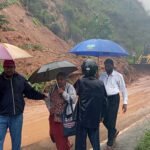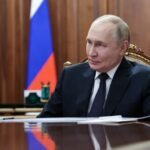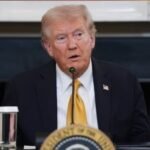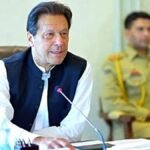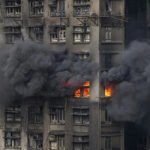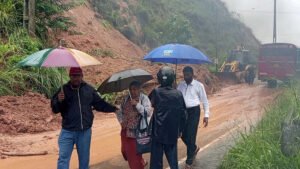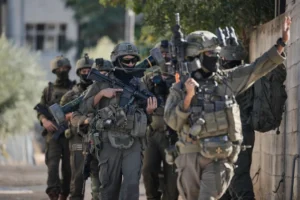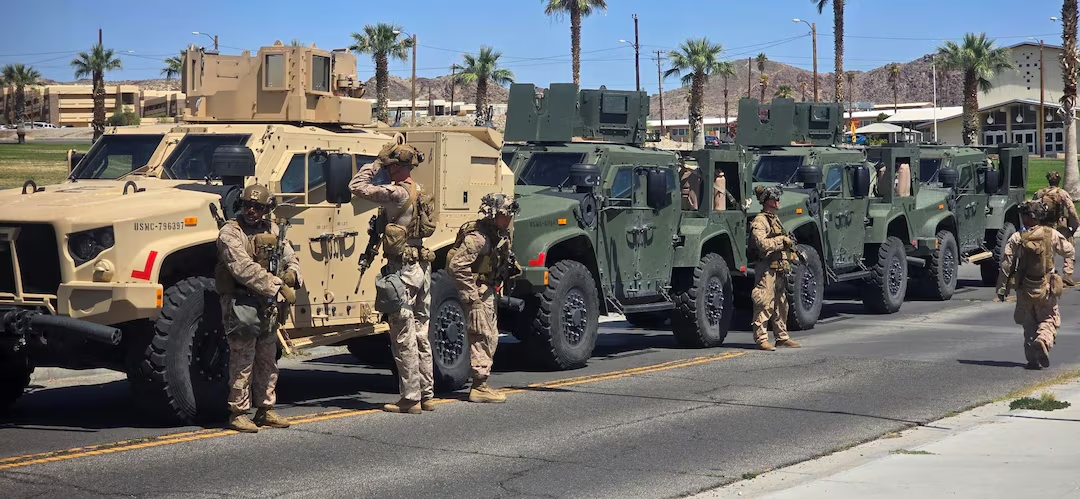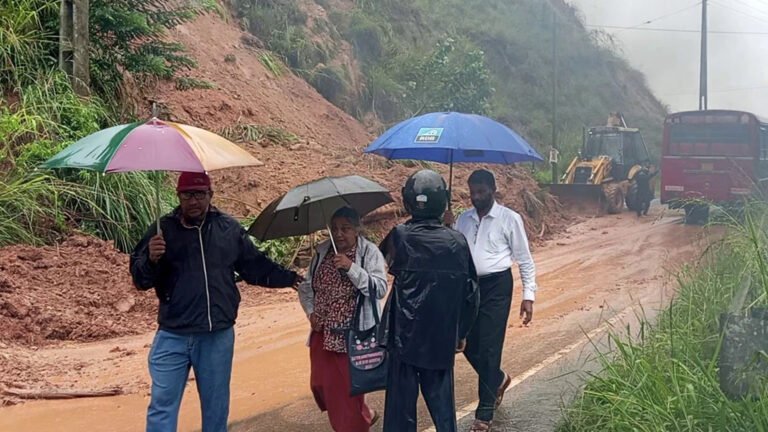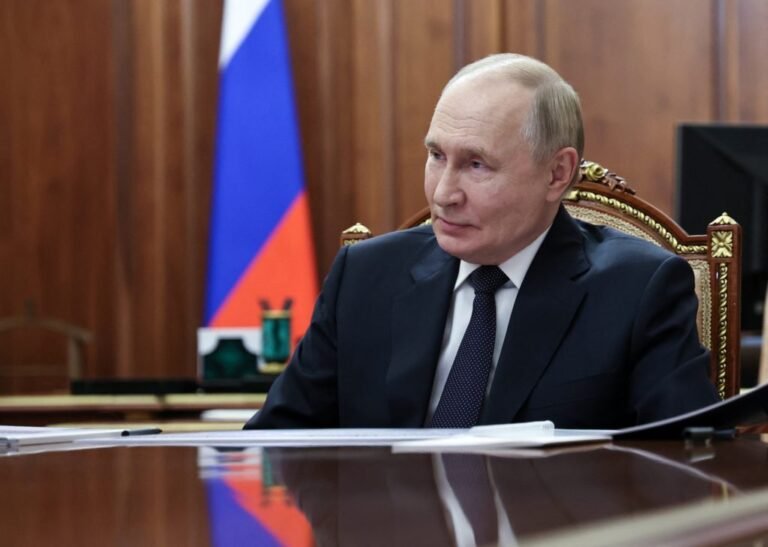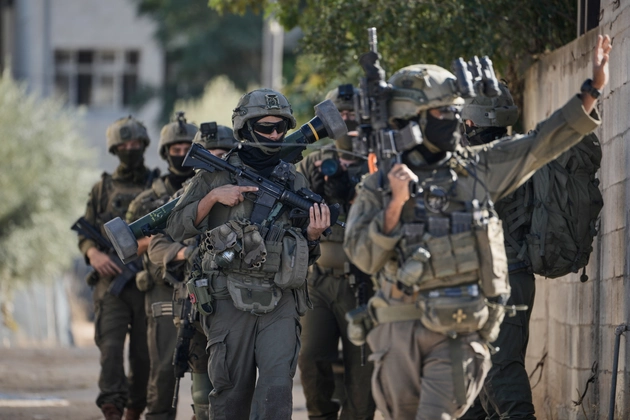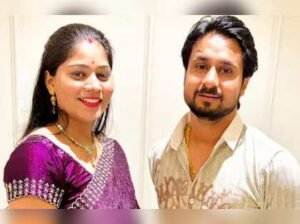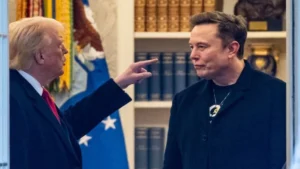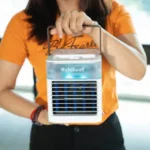Members of law enforcement stand next to a police car, after days of protests against federal immigration sweeps and the deployment of the California National Guard and US Marines, in downtown Los Angeles (Reuters)
Days after US President Donald Trump deployed 4,000 National Guard troops to Los Angeles, hundreds of US Marines are getting ready to enter the city where protests have erupted against immigration raids by the federal administration. The Marines, who are one of the six armed forces of the country, were undergoing refresher training in riot and crowd control on Wednesday. They are understood to be deployed to assist in protecting federal property and immigration enforcement personnel. This news came even as cities across the US braced for fresh immigration protests on Wednesday ahead of planned anti-Trump demonstrations across the country on Saturday.
California Governor Gavin Newsom, who did not request the deployment of the National Guard, has blamed President Trump for inflaming “a combustible situation, putting our people, our officers and even our National Guard at risk”.
A new overnight curfew calmed downtown Los Angeles following five days of occasionally violent demonstrations, but tensions remained high.
What we know so far about the immigration protests and federal response:
- Protests began Friday when federal agents raided LA’s garment district targeting undocumented workers. Protesters responded with chants and eggs before being dispersed by law enforcement using pepper spray and nonlethal bullets.
- On Saturday, Trump signed a memo ordering 2,000 National Guard troops to Los Angeles to protect federal immigration officers, overriding California officials who insisted the situation was under local control. By Monday, Trump doubled that number to 4,000 and added 700 Marines.
- This marks the first time since 1965 that a president has deployed a state’s National Guard without the governor’s request. In the previous instance, then President Lyndon B Johnson sent troops to protect civil rights marchers in Alabama.
- California Governor Gavin Newsom blasted the deployment Tuesday night, calling it a “brazen abuse of power” and accusing Trump of escalating an already volatile situation. “This brazen abuse of power by a sitting president inflamed a combustible situation, putting our people, our officers and even our National Guard at risk. That’s when the downward spiral began,” said Newsom, who is understood to run for President in 2028.
- Trump defended the military presence, saying the move was necessary to prevent the city from being “conquered by a foreign enemy.”
- After a spike in arrests Tuesday—around 200—the most in a single day so far, Los Angeles Mayor Karen Bass imposed a nighttime curfew in a small downtown area, saying it would likely continue for several days. Bass stressed the protests are not widespread, noting that the curfew zone covers just one square mile in a city of 500 square miles.
- Attorney General Pam Bondi said the Trump administration “is not scared to go further” in expanding its legal authorities to deploy troops in Los Angeles. “Right now in California, we’re at a good point. We’re not scared to go further. We’re not frightened to do something else if we need to,” she said while responding to questions from CNN at the White House about the threshold for invoking the Insurrection Act, which allows the president to deploy military forces to address an insurrection or rebellion on US soil.
- Elsewhere, reactions varied: Texas Governor Greg Abbott deployed the state’s 22,000-strong National Guard to San Antonio ahead of protests, while NYPD Commissioner Jessica Tisch said New York didn’t need federal support. NYPD made 86 arrests during protests involving 2,500 people, mostly in lower Manhattan.
- A US military official says troops in Los Angeles are permitted to temporarily hold individuals until police arrive to make arrests.
